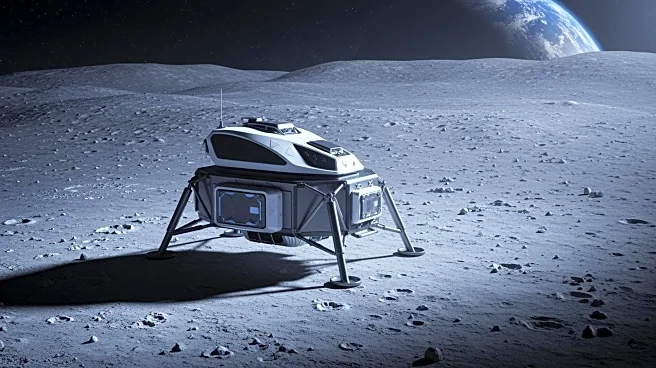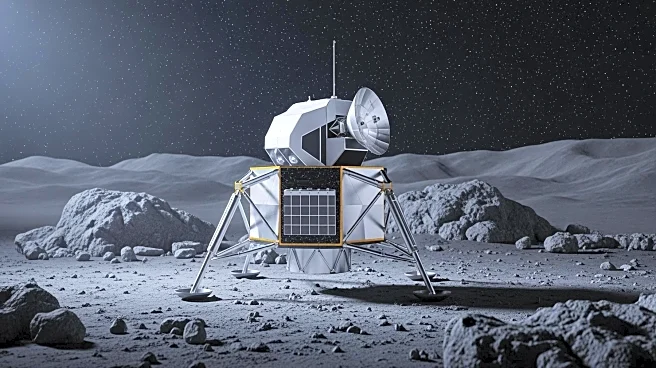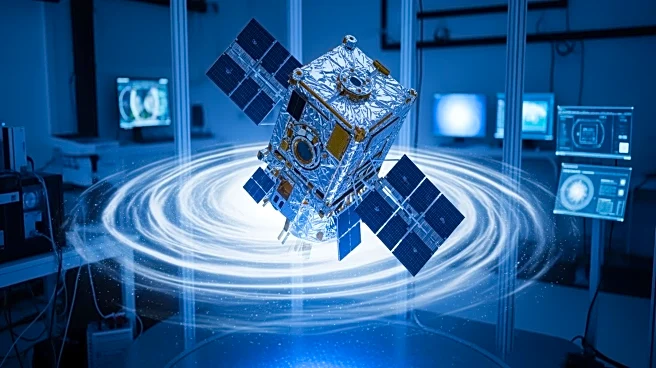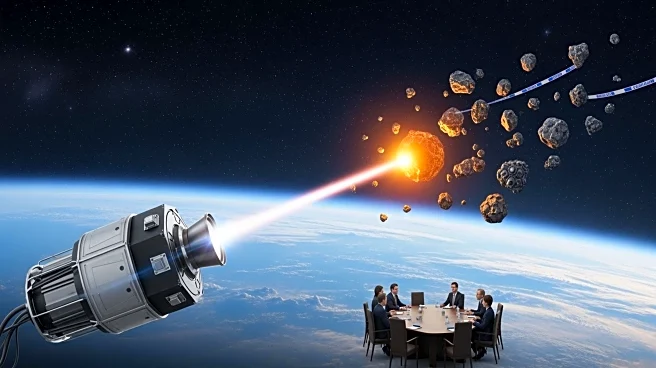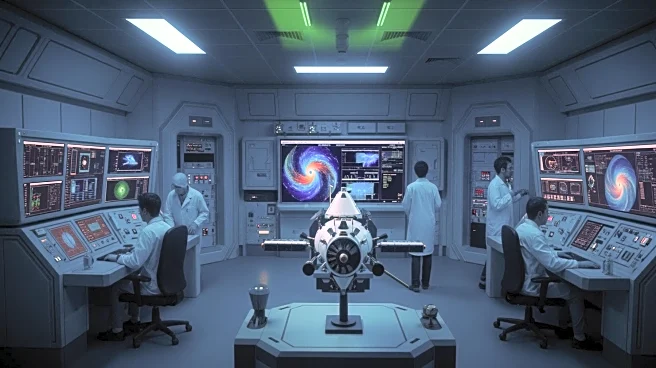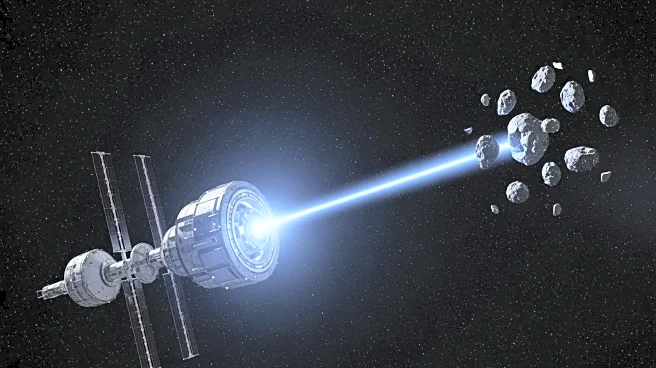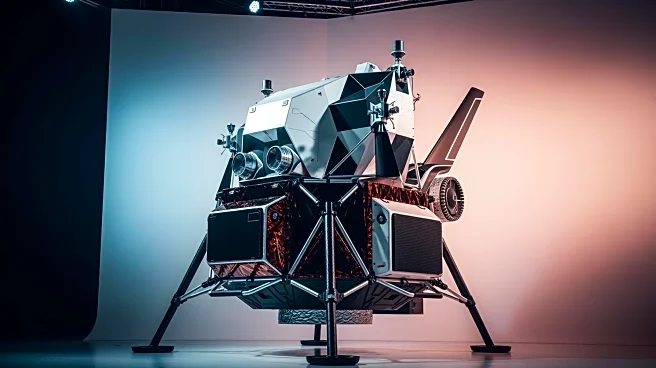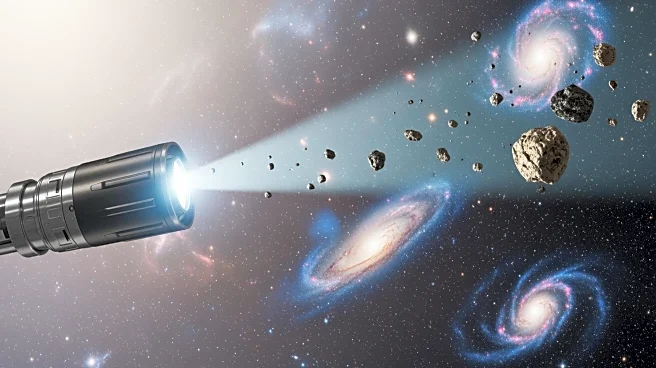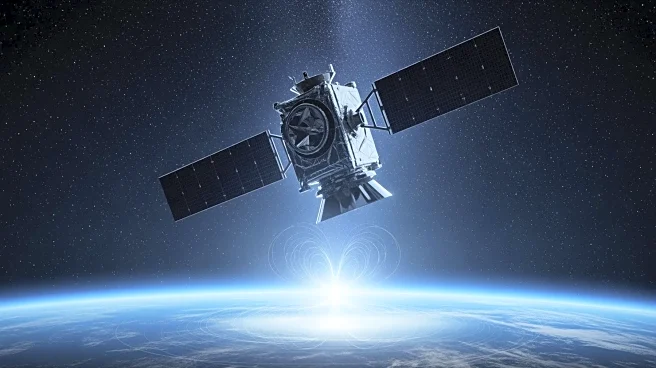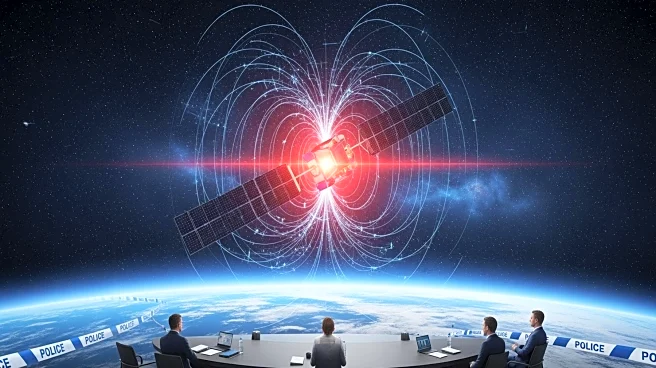What's Happening?
The European Space Agency (ESA) is advancing its lunar exploration efforts with the Argonaut lunar lander program. The Argonaut is designed to transport up to 1.6 tons of cargo to various locations on the moon,
supporting both robotic and human missions. Unlike previous lunar missions, Argonaut is engineered to withstand the harsh conditions of the lunar night. The lander will carry essential supplies, scientific instruments, and rovers. Testing is conducted at the LUNA facility in Germany, which simulates the moon's environment to ensure the lander's robustness and reliability.
Why It's Important?
ESA's Argonaut program represents a significant step towards establishing a sustainable European presence on the moon. By developing autonomous and versatile lunar transport systems, ESA aims to contribute to global lunar exploration efforts and foster international collaboration. The program's success could enhance Europe's role in space exploration, providing opportunities for scientific research and technological innovation. Additionally, the Argonaut's ability to survive the lunar night could pave the way for more extended and complex missions, potentially leading to permanent lunar bases.
Beyond the Headlines
The Argonaut program also highlights the growing importance of international cooperation in space exploration. As countries and agencies work together to explore the moon, ethical and legal considerations regarding resource utilization and territorial claims may arise. The program's focus on sustainability and collaboration could set a precedent for future space exploration initiatives, emphasizing the need for shared goals and mutual benefits.
